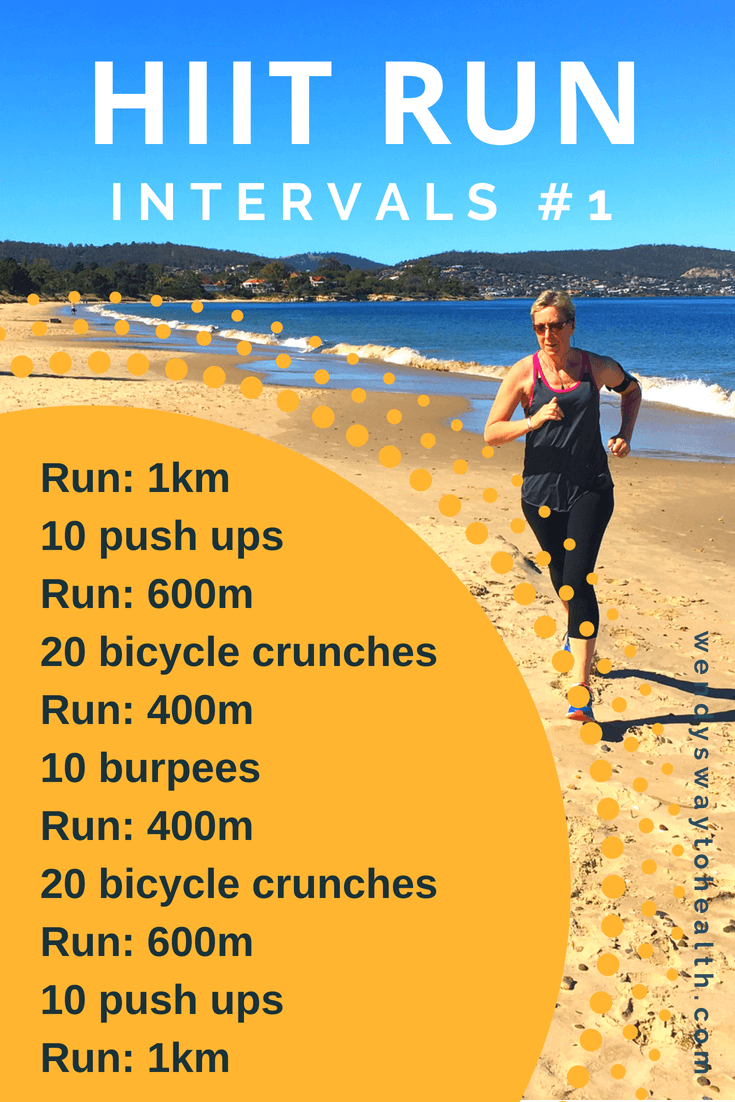Unleash Your Potential: Running Strategy Fundamentals for Peak Performance
Unleash Your Potential: Running Strategy Fundamentals for Peak Performance
Blog Article
Dealing With Common Running Discomforts: Reasons, Solutions, and Prevention
As joggers, we typically experience various discomforts that can hinder our performance and satisfaction of this physical task. From the devastating discomfort of shin splints to the unpleasant IT band syndrome, these usual operating pains can be frustrating and demotivating. Understanding the reasons behind these conditions is important in efficiently resolving them. By discovering the root factors for these operating pains, we can reveal targeted options and precautionary measures to ensure a smoother and a lot more fulfilling running experience (this page).
Common Running Discomfort: Shin Splints
Shin splints, a typical running discomfort, commonly result from overuse or incorrect shoes during physical task. This problem, medically referred to as medial tibial stress and anxiety syndrome, shows up as pain along the inner side of the shinbone (shin) and prevails amongst professional athletes and runners. The repeated stress and anxiety on the shinbone and the tissues connecting the muscular tissues to the bone results in swelling and discomfort. Joggers who quickly raise the strength or duration of their workouts, or those who have level feet or inappropriate running techniques, are especially prone to shin splints.
To avoid shin splints, individuals need to progressively boost the intensity of their exercises, put on suitable footwear with correct arch support, and maintain adaptability and stamina in the muscles bordering the shin. If shin splints do happen, initial therapy includes remainder, ice, compression, and elevation (RICE) Additionally, including low-impact activities like swimming or biking can assist maintain cardio fitness while permitting the shins to heal. Relentless or serious instances may require medical evaluation and physical treatment for effective administration.
Common Running Pain: IT Band Disorder
In enhancement to shin splints, another common running discomfort that professional athletes typically run into is IT Band Syndrome, a condition triggered by swelling of the iliotibial band that leaves the external upper leg and knee. IT Band Syndrome usually shows up as discomfort outside of the knee, especially during activities like running or cycling. The iliotibial band is a thick band of fascia that links the aware of the shin, and when it comes to be swollen or limited, it can rub against the thigh bone, resulting in discomfort and pain.
Runners experiencing IT Band Syndrome may discover a stinging or aching feeling on the outer knee, which can aggravate with continued activity. Elements such as overuse, muscle mass discrepancies, incorrect running type, or insufficient warm-up can add to the development of this condition. To stop and minimize IT Band Syndrome, runners should concentrate on extending and reinforcing exercises for the hips and thighs, proper footwear, steady training development, and attending to any type of biomechanical problems that may be exacerbating the trouble. Overlooking the signs and symptoms of IT Band Syndrome can result in chronic concerns and long term healing times, emphasizing the importance of very early intervention and proper monitoring methods.
Common Running Discomfort: Plantar Fasciitis

Plantar Fasciitis can be credited to numerous factors such as overtraining, incorrect footwear, operating on difficult surface areas, or having high arcs or level feet. To avoid and reduce Plantar Fasciitis, runners can integrate extending workouts for the calves and plantar fascia, use helpful shoes, preserve a healthy and balanced weight to minimize pressure on the feet, and progressively raise running strength to stay clear of abrupt stress and anxiety on the plantar fascia. If signs and symptoms linger, it is advised to get in touch with a medical care specialist for correct medical diagnosis and treatment choices to deal with the condition effectively.
Common Running Discomfort: Jogger's Knee
After resolving the challenges of Plantar Fasciitis, one more common concern that runners typically encounter is Jogger's Knee, a common running pain that can impede sports efficiency and create pain during physical activity. Runner's Knee, likewise understood as patellofemoral discomfort disorder, shows up as discomfort around or behind the kneecap. Joggers experiencing this pain may feel a dull, aching pain while running, going up or down stairways, or after extended durations of resting.
Typical Running Pain: Achilles Tendonitis
Commonly afflicting runners, Achilles Tendonitis is an agonizing problem that influences the Achilles ligament, creating pain and possible constraints in exercise. The Achilles ligament is a thick band of cells that links the calf bone muscle mass to the heel bone, vital for tasks like running, jumping, and walking - my site. Achilles Tendonitis frequently develops due to overuse, improper shoes, this hyperlink poor extending, or unexpected boosts in physical activity
Symptoms of Achilles Tendonitis include discomfort and rigidity along the ligament, particularly in the morning or after durations of lack of exercise, swelling that aggravates with activity, and possibly bone stimulates in persistent situations. To avoid Achilles Tendonitis, it is important to stretch effectively in the past and after running, use suitable shoes with appropriate support, progressively boost the intensity of exercise, and cross-train to minimize repeated stress on the ligament. Treatment might include rest, ice, compression, altitude (RICE protocol), physical treatment, orthotics, and in serious instances, surgical procedure. Early intervention and correct care are crucial for taking care of Achilles Tendonitis efficiently and preventing long-lasting complications.
Conclusion

Report this page